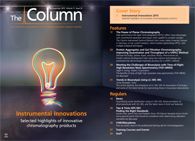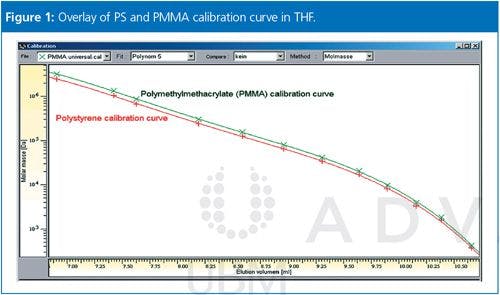Pharmaceuticals Found in Grocery Fish Fillets
Anti-histamines and compounds used to medicate anxiety and seizures were among those identified in grocery market fish fillets using a novel gas chromatography–mass spectrometry (GC–MS) technique (1).
Anti-histamines and compounds used to medicate anxiety and seizures were among those identified in grocery market fish fillets using a novel gas chromatography–mass spectrometry (GC–MS) technique (1).
Photo Credit: Eugene Mymrin/Getty Images

Consumption of pharmaceuticals has risen dramatically with tons of chemicals being produced annually worldwide. However, after consumption these compounds are excreted as parent compounds or their metabolites into ecosystems from urine, faeces, or residues. Currently the main routes of contamination are wastewater treatment plants that are not commonly designed to eliminate the drugs because they are non-regulated water contaminants. The presence of these compounds in concentrations ranging from ng/L to µg/L is of great concern with a number of studies finding similar results across many environments, indicating that many pharmaceuticals and metabolites are environmentally persistent, bioactive, and have potential to bioaccumulate (2,3,4,5,6). By investigating pharmaceuticals in fish fillets available across multiple stores, researchers developed and validated a GC–MS method using selected ion monitoring mode (GC–SIM–MS). While liquid chromatography coupled to tandem MS (LC–MS–MS) analysis is favoured for monitoring polar pharmaceuticals and their metabolites from environmental matrices, the method requires about 50–150 times more volume of samples or pure standards for each injection than GC-MS, as well as being considerably more expensive. The GC–SIM–MS method identified a total of nine pharmaceuticals and their metabolites at various concentrations including diphenhydramine (DPH), diazepam (DZP), and carbamazepine (CZP); DZP was reported for the first time in edible fish fillets collected from grocery stores. Pharmaceuticals DPH and DZP were further investigated using GC–SIM–MS. Silica gel cleaned extracts of 14 different species of edible fish were found to contain concentrations ranging between 0.61–6.21 ng/g for DPH and 1.99–16.57 ng/g for DZP. Previous studies have explored the effect pharmaceuticals have upon organisms in the wild (7,8,9) finding a wide range of responses from reductions in alertness to stress. This study highlights the need for further investigation into emerging contaminants including non-regulated pharmaceuticals and personal care products. References
- M.A. Mottaleb et al., Food. Chem.190, 529–536 (2016).
- T. Brodin et al., Sci. 339, 814–815 (2013).
- B.C. Kelly et al., Sci.317, 236–-239 (2007).
- E. Gomez et al., Environ. Sci. Pollut. Res.19, 2561–2559 (2012).
- M.A. Mottaleb et al., J. Anal. Toxicol.28, 581–586 (2004).
- M.E. Valdes et al., Sci. Total Environ.472, 389–396 (2014).
- Y. Kim et al., Environ. Int.33, 370–375 (2007).
- S.A.L. Correa and A. Hoffman, Physiol. Behav.65, 863–869 (1999).
- F.P. Brandao et al., Aquat. Toxicol.144–145, 218–229 (2013).


.png&w=3840&q=75)

.png&w=3840&q=75)



.png&w=3840&q=75)



.png&w=3840&q=75)











